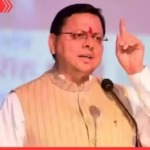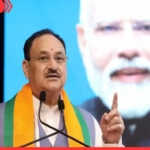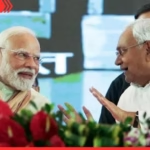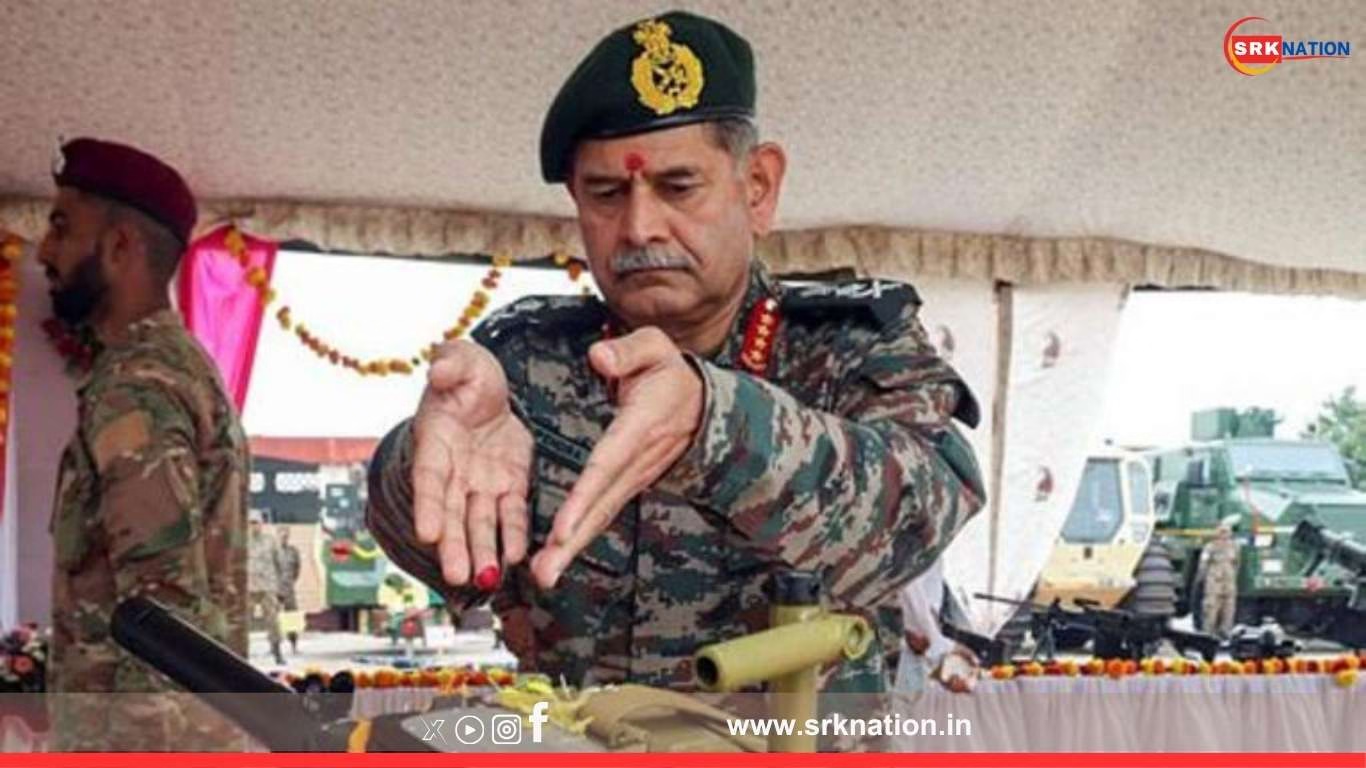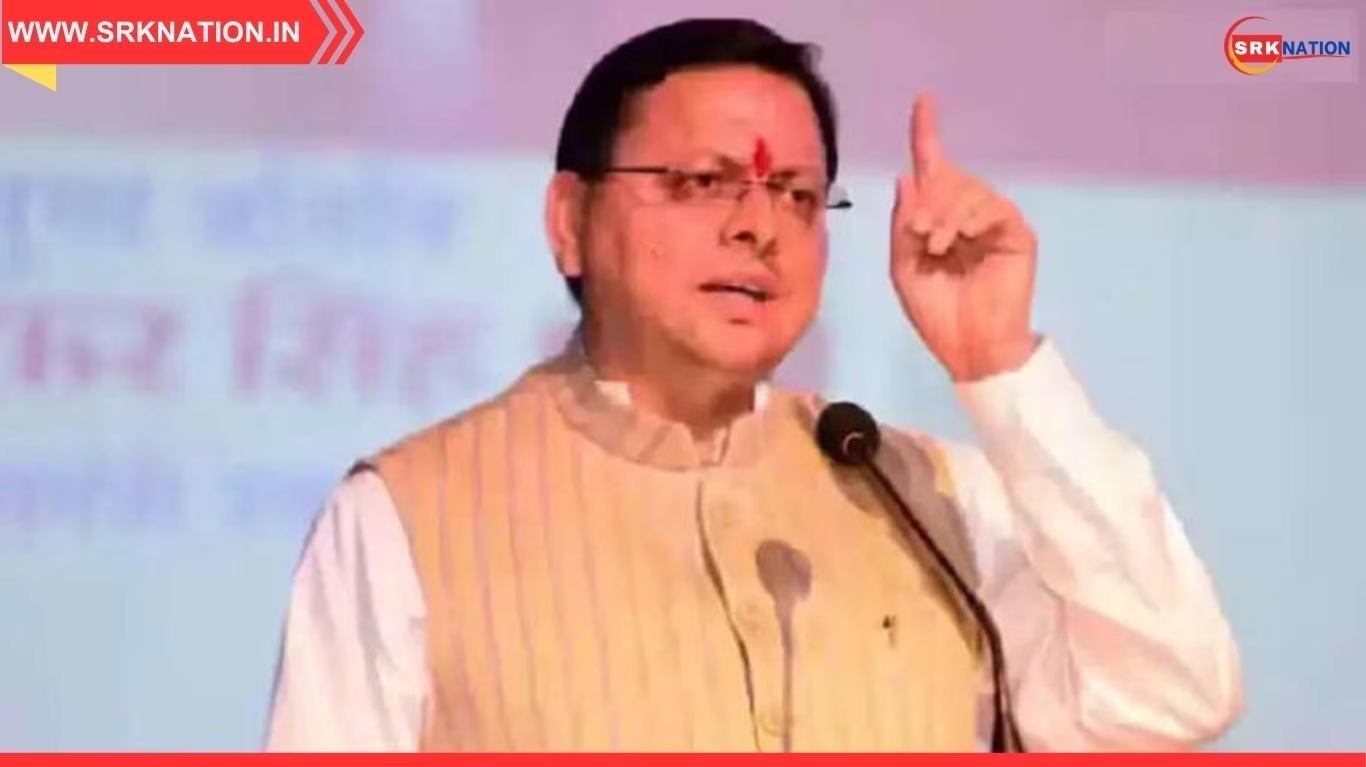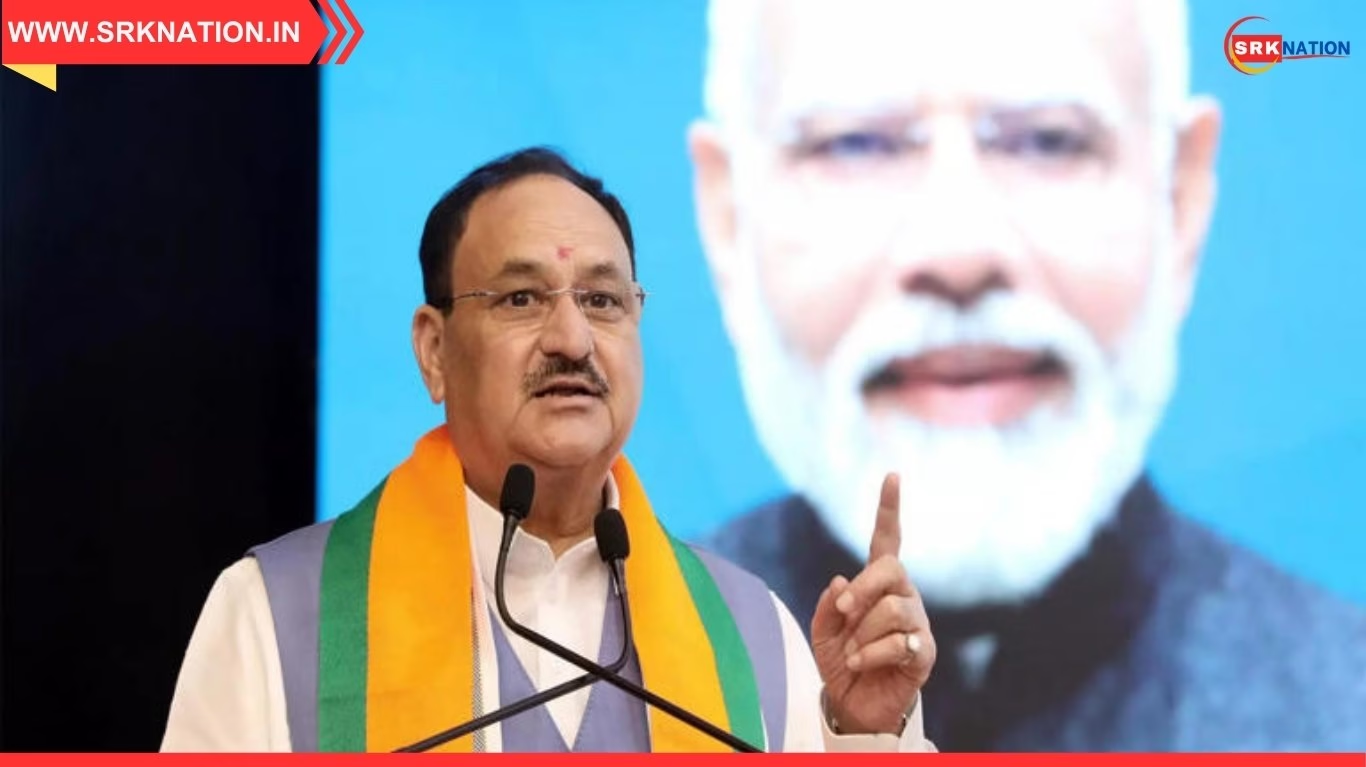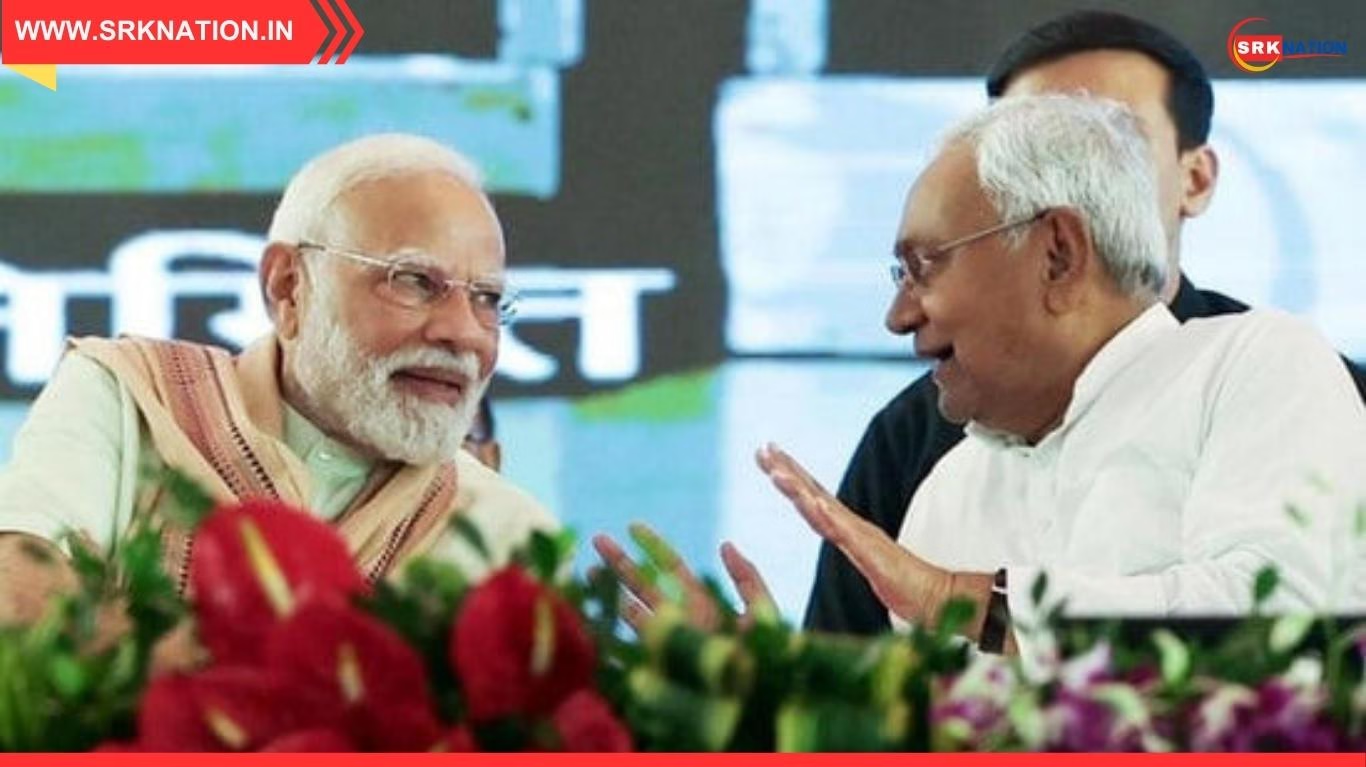In a fiery escalation of rhetoric amid simmering Indo-Pak tensions, Indian Army Chief General Upendra Dwivedi issued a stern warning to Pakistan, stating that the neighbouring country must reconsider its actions if it wishes to retain its place on the world map. Speaking at an Army post in Anupgarh, Rajasthan, on October 3, 2025, General Dwivedi declared that India will no longer exercise restraint if Pakistan continues to sponsor terrorism, and hinted at a possible repeat of the precision strikes seen during Operation Sindoor earlier this year.
“If Pakistan wants to maintain a place in world history and geography, it must stop state-sponsored terrorism. We will not show any restraint this time as we did during Operation Sindoor 1.0 and will go a step ahead if provoked again,” General Dwivedi said, addressing troops stationed near the international border.
His remarks come months after India launched Operation Sindoor on May 7, 2025, in retaliation to the Pahalgam terror attack that claimed 26 civilian lives. The operation targeted nine terror launchpads in Pakistan and Pakistan-occupied Kashmir (PoK), destroying key infrastructure and reportedly killing over 100 militants. The Indian Air Force also claimed to have shot down multiple Pakistani fighter jets, including F-16s and JF-17s, during the operation.
Operation Sindoor – Tactical Overview
| Operation Name | Date Executed | Targets Hit | Forces Involved | Outcome Summary |
|---|---|---|---|---|
| Operation Sindoor | May 7, 2025 | 9 terror camps (7 by Army, 2 by IAF) | Indian Army, Indian Air Force | Over 100 terrorists neutralized, 4–5 PAF jets downed |
| Trigger Event | April 22, 2025 | Pahalgam terror attack | Civilian casualties | 26 civilians killed, national outrage |
| Ceasefire Date | May 10, 2025 | Post DGMO-level talks | India-Pakistan military | Pakistan requested ceasefire after heavy losses |
General Dwivedi’s latest statement signals a shift in India’s military posture, with a clear message that future provocations will be met with decisive force. “India is fully prepared this time. We will take a step forward and act in a manner that will make Pakistan think whether it wants to remain on the world map or not,” he said.
The Army Chief also emphasized that the restraint shown during Operation Sindoor was strategic, aimed at avoiding civilian casualties and maintaining regional stability. “We had identified the targets because we only wanted to harm the terrorists. We have no complaints against ordinary Pakistani citizens, so long as their country does not sponsor terrorists,” he added.
India’s Military Strategy – Posture and Preparedness
| Strategic Element | Current Status | Commentary |
|---|---|---|
| Border Troop Readiness | High alert across western sector | Troops instructed to stay prepared |
| Intelligence Surveillance | Enhanced drone and satellite monitoring | Focus on terror launchpads and infiltration routes |
| Civilian Coordination | Border population treated as strategic partners | Historical precedent from 1965 and 1971 wars |
| Diplomatic Messaging | No third-party mediation accepted | India maintains bilateral resolution stance |
The Army Chief’s remarks were echoed by Air Chief Marshal AP Singh, who earlier stated that India’s air superiority was demonstrated during Operation Sindoor, and warned that any future conflict would be “swift and decisive.” The coordinated messaging from top military leadership suggests that India is preparing for a potential second wave of strikes—dubbed Operation Sindoor 2.0—if Pakistan fails to dismantle its terror infrastructure.
Political reactions have been swift, with Defence Minister Rajnath Singh reiterating India’s right to defend its sovereignty. “Pakistan must understand that the era of tolerance is over. We will not hesitate to redraw the map if provoked,” Singh said during a separate event in Gujarat.
Pakistan’s Response and Regional Implications
| Response Category | Pakistan’s Position | Implications for South Asia |
|---|---|---|
| Military Reaction | Denial of terror camps, claims restraint | Risk of escalation if rhetoric continues |
| Diplomatic Outreach | Appeals to UN and OIC | Limited traction due to global terror concerns |
| Civilian Sentiment | Mixed reactions, fear of conflict | Rising public anxiety in border areas |
| International Mediation | US claims informal role in ceasefire | India denies third-party involvement |
The ceasefire reached on May 10 was reportedly initiated by Pakistan’s Director General of Military Operations (DGMO), who contacted his Indian counterpart to halt hostilities. While US President Donald Trump claimed to have brokered peace, India has maintained that no external mediation was involved.
General Dwivedi also honored three personnel for their roles in Operation Sindoor: BSF 140th Battalion Commandant Prabhakar Singh, Rajputana Rifles Major Ritesh Kumar, and Havildar Mohit Gaira. Their recognition underscores the operation’s significance and the military’s readiness for future engagements.
Social media platforms have erupted with reactions to the Army Chief’s statement, with hashtags like #IndiaPakistanTensions, #OperationSindoor2, and #ArmyChiefWarning trending across Twitter/X, Facebook, and YouTube.
Public Sentiment – Social Media Buzz on Army Chief’s Statement
| Platform | Engagement Level | Sentiment (%) | Top Hashtags |
|---|---|---|---|
| Twitter/X | 1.6M mentions | 82% assertive | #IndiaPakistanTensions #ArmyChiefWarning |
| 1.3M interactions | 80% patriotic | #OperationSindoor2 #DefendIndia | |
| 950K views | 85% strategic | #MilitaryPosture #NationalSecurity | |
| YouTube | 890K views | 83% reflective | #ArmyExplained #IndiaDefenseUpdate |
Security analysts believe that India’s assertive stance is aimed at deterring future attacks and sending a clear message to Pakistan’s deep state. “This is not just rhetoric—it’s calibrated signaling. India is drawing red lines that cannot be crossed,” said Lt Gen (Retd) Rakesh Sharma.
In conclusion, Army Chief General Upendra Dwivedi’s warning to Pakistan marks a pivotal moment in India’s security doctrine. With Operation Sindoor still fresh in memory and tensions simmering, the message is clear: India will no longer tolerate state-sponsored terrorism, and any provocation will be met with force that could reshape the region’s geopolitical contours.
Disclaimer: This article is based on publicly available defense statements, verified military reports, and official commentary. It does not constitute endorsement or prediction of any military action. All quotes are attributed to public figures and institutions as per coverage. Readers are advised to follow official government and defense updates for verified information.


